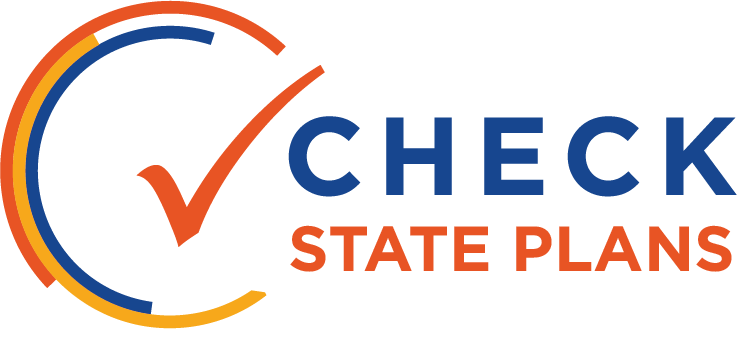Score:

Connecticut has articulated a coherent plan to tailor its improvement efforts to school districts.
The plan is particularly strong in the areas of talent management, academic growth and performance, English language proficiency, climate and culture, and organizational effectiveness. Connecticut should be commended for outlining the strategies it will employ for those schools that need rigorous interventions and the steps it will take to inform the parents of those schools.
The state department of education has structured its teams around tiered supports for districts, and it will offer evidence-based guides.
The state intends to award 70 percent of its school-improvement funds on a formula basis to districts with comprehensive support schools.
The remaining 30 percent would be allocated based on a competition that would reward districts with evidence-based interventions that are most closely aligned with the needs identified in those schools. If the state is requiring districts to apply for support, then Connecticut should clarify what those requirements for approval include. Connecticut should also ensure that school-improvement strategies specifically support the groups of students that were the basis for the school’s identification.
Connecticut’s plan is not clear on what schools will be required to do if they continue to be identified as in need of comprehensive support.
Connecticut’s plan articulates at least some specific actions, but they may not kick in for 10 years. And even then, they are not clearly defined as to what schools would actually be required to do.


